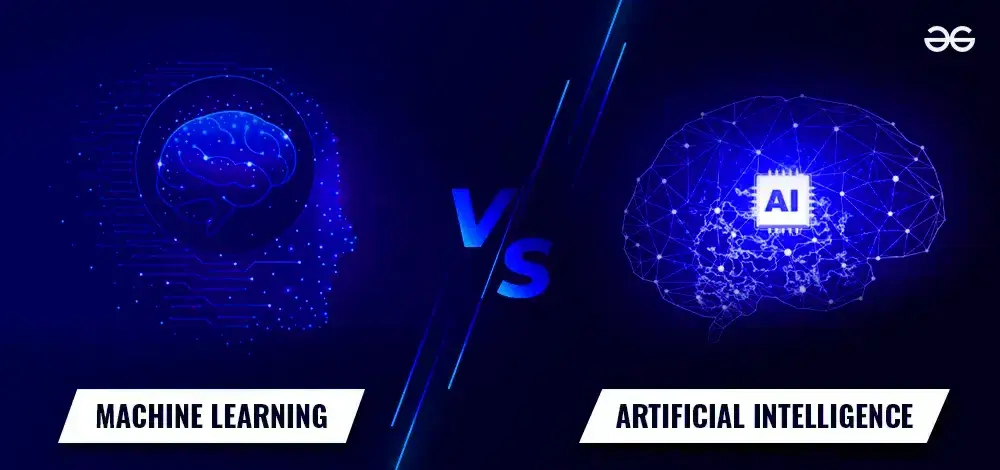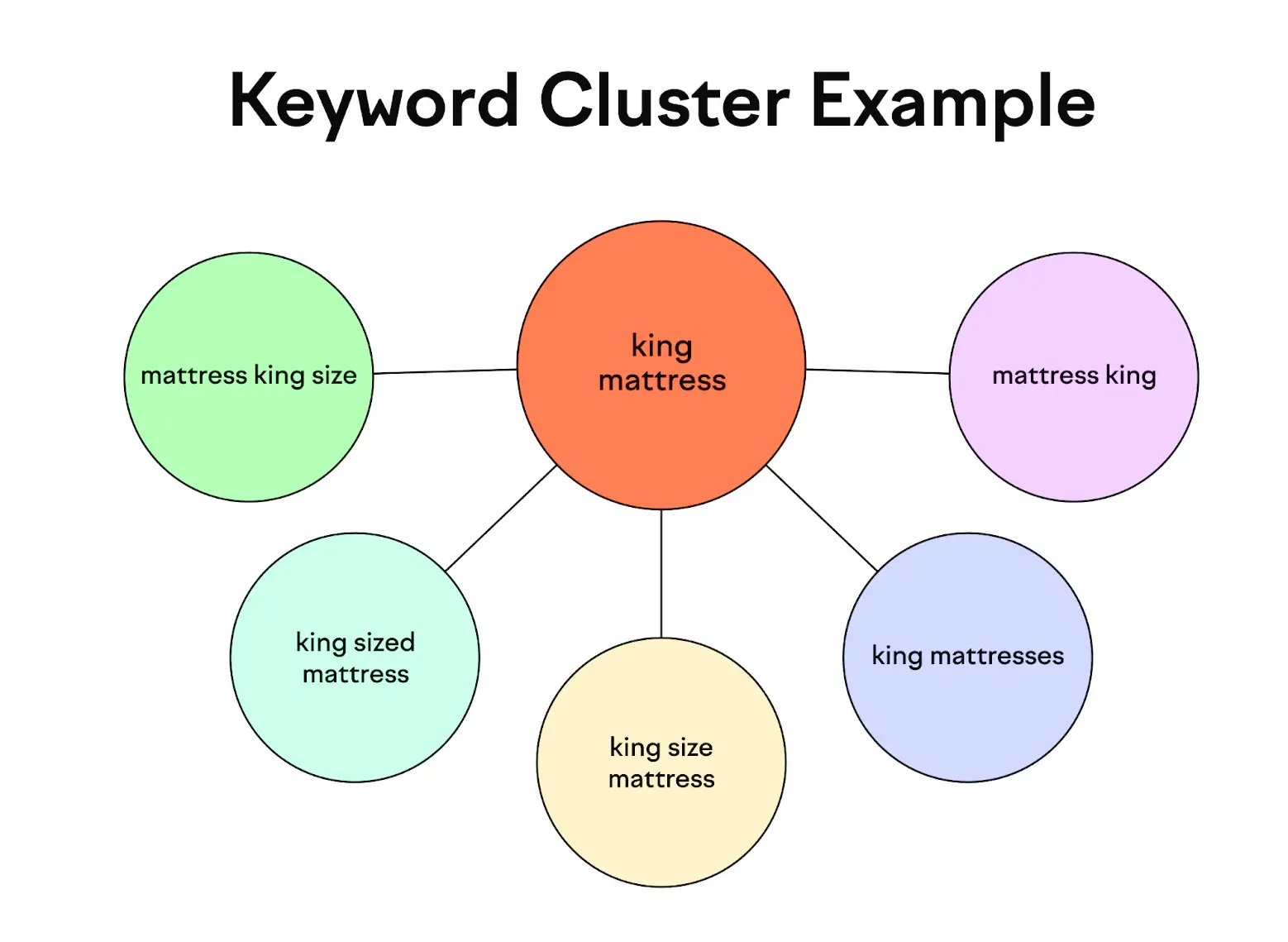You hear the terms Artificial Intelligence(AI) and Machine Learning (ML) everywhere. They're in the news, in the latest gadgets, and even in the apps on your phone. But what do they actually mean?
For many, these terms sound like something out of a science fiction movie—complex, technical, and a little intimidating. You might wonder if you need to be a data scientist to understand them. The good news is, you don't.
This guide will explain AI and machine learning in a way that anyone can understand. We’ll cut through the jargon and use real-world examples to show you how these technologies work together to make our lives easier, more efficient, and sometimes, a little more interesting. By the end, you'll have a clear understanding of what these powerful tools are, how they work, and the difference between them.
Part 1: What Is Artificial Intelligence (AI)?
Think of Artificial Intelligence (AI) as the big, overall idea. It's the concept of a machine being able to think and act like a human. The goal of AI is to make a computer do things that normally require human intelligence, like problem-solving, making decisions, and understanding language.
AI is the umbrella. It’s a wide field with many different parts.
A simple way to think about AI: If you can program a computer to do a task that would require a human to be smart, that's AI. For example, a robot that can play chess against you is a form of AI. It’s following rules to win the game, which is a “smart” task.
Types of AI:
- Narrow AI (or Weak AI): This is the kind of AI we have today. It is designed to perform a single task. Examples include Siri, the spam filter in your email, or a self-driving car. It is very good at its one job but can't do anything else. Your spam filter can't write a poem, and your chess-playing robot can't drive a car.
- General AI (or Strong AI): This is the AI we see in movies. It’s a machine with human-level intelligence that can learn and solve problems across many different areas. This kind of AI doesn't exist yet, but it's what many researchers are working toward.
Key Takeaway: AI is the broad idea of making machines smart. It’s the goal of building intelligent systems.
Part 2: What Is Machine Learning (ML)?
So, where does Machine Learning (ML) fit in? Machine learning is a specific approach to building AI.
Instead of writing a rule for every single possible scenario, a machine learning system learns from data. You give it a lot of information, and it finds patterns on its own to make predictions or decisions.
A simple way to think about Machine Learning: Imagine you want to build a system that can tell the difference between a picture of a cat and a picture of a dog.
- A traditional programmer would have to write a rule for every single thing that makes a cat a cat (pointed ears, specific eye shape, etc.). This would be a lot of code, and it would miss a lot of variations.
- A machine learning approach is different. You would give the system thousands of pictures of cats and thousands of pictures of dogs. The machine would look at all those pictures and learn for itself what a cat and a dog look like. Then, when you show it a new picture, it can use what it learned to tell you if it's a cat or a dog.
Machine learning is how we teach a computer without explicitly telling it every single rule. This is what makes systems so powerful and flexible.
Types of Machine Learning:
- Supervised Learning: This is like learning with a teacher. You give the machine data that is already labeled (e.g., "this is a cat," "this is a dog"). The machine learns from these examples.
- Unsupervised Learning: This is like learning on your own. You give the machine unlabeled data and let it find patterns and groups on its own. For example, you might give it customer data and it will group customers with similar buying habits without you telling it what to look for.
- Reinforcement Learning: This is like learning from a game. The machine learns by trial and error. It gets a reward for doing something right and a penalty for doing something wrong. This is how AI learns to play chess or video games.
Key Takeaway: Machine learning is a method of teaching a machine to learn from data, allowing it to improve and make decisions without being explicitly programmed for every scenario. It’s one of the most popular ways to build AI today.
Part 3: The Difference Between AI and Machine Learning
People often use the terms AI and machine learning interchangeably, but they aren't the same. Think of it like this:
- AI is the goal: The idea of creating a machine that can think and act like a human.
- Machine Learning is the tool: The technique we use to achieve that goal.
Table: AI vs. Machine Learning at a Glance
Real-world analogy: Think of a doctor's profession. "Medicine" is the big field (like AI). "Surgery" is a specific technique doctors use to treat people (like ML). All surgery is medicine, but not all medicine is surgery.
Part 4: AI and Machine Learning in Your Daily Life
You interact with AI and machine learning every day, probably without even thinking about it.
Recommendation Engines (ML)
When you finish watching a show on Netflix or listening to a song on Spotify, the system suggests what you might like next. It's using machine learning to analyze your past viewing and listening habits, as well as those of millions of other users, to predict what you'll enjoy. This makes the service feel personalized and keeps you engaged.
Email Spam Filters (ML)
Remember the cat/dog example? Your email spam filter does something similar. You've probably marked emails as spam before. The system learned from your actions and from countless others to identify the patterns of spam emails. Now, it automatically sends those emails to a separate folder. This is a simple but powerful use of machine learning.
Virtual Assistants (AI & ML)
Siri, Alexa, and Google Assistant are classic examples of AI. But they wouldn't work without machine learning. They use machine learning to understand the words you're saying, interpret your intent, and get better at understanding your voice over time. AI is the virtual assistant; ML is what allows it to hear and learn from you.
Facial Recognition (ML)
When your phone unlocks just by looking at your face, that's machine learning in action. The system was trained on many images of you to learn the unique features of your face. It can then identify you instantly, even with slight changes in lighting or expression. This is also used in social media to tag people in photos.
Key Takeaway: These technologies are not future concepts; they are already integrated into our daily lives, making them smarter and more convenient.
Part 5: What’s Next for AI and Machine Learning?
The fields of AI and machine learning are growing fast. We're seeing new uses all the time.
- Healthcare: AI is being used to help doctors analyze medical images to find diseases earlier. Machine learning models can predict a person's risk for a certain illness based on their health data.
- Creative Arts: AI can now generate music, write stories, and create artwork. While this is a hot topic for debate, it's opening up new creative tools for artists.
- Customer Service: Chatbots are getting much smarter. They can handle more complex requests and even sound more human-like, which can free up human agents to focus on bigger problems.
As these systems get smarter, they will change how we work, learn, and live. The key is to see them as tools that can help us, not just as something to be feared.
Frequently Asked Questions (FAQs)
Q: Are AI and machine learning going to take all our jobs? A: This is a common concern. While AI and machine learning will change many jobs, they are also creating new ones. We will need people to build, maintain, and manage these systems. The goal isn't to replace humans, but to automate repetitive tasks so humans can focus on more creative and strategic work.
Q: Is "deep learning" the same as machine learning? A: Deep learning is a more advanced type of machine learning. It uses a specific kind of technology called "neural networks," which are inspired by the human brain. Deep learning is especially good at things like image recognition and language translation. It's a subset of machine learning, just like machine learning is a subset of AI.
Q: How can I start learning about AI and machine learning? A: You don't have to be a computer scientist to start. There are many great online courses on platforms like Coursera and edX. You can also start with books and simple online guides. The first step is to get a solid grasp of the basics, which you've just done by reading this guide!
Final Thoughts: From Confusion to Clarity
Hopefully, this guide has cleared up some of the confusion around AI and machine learning. Remember, AI is the big idea of making machines smart, and machine learning is the primary way we're doing that today by teaching them to learn from data.
These technologies are no longer just for experts. They are tools that are changing our world, and understanding them is a step toward being a more informed and capable person in the modern world.
Want to Try AI Tools Today?
Check out these beginner-friendly platforms:
Leave a comment
Your email address will not be published. Required fields are marked *



